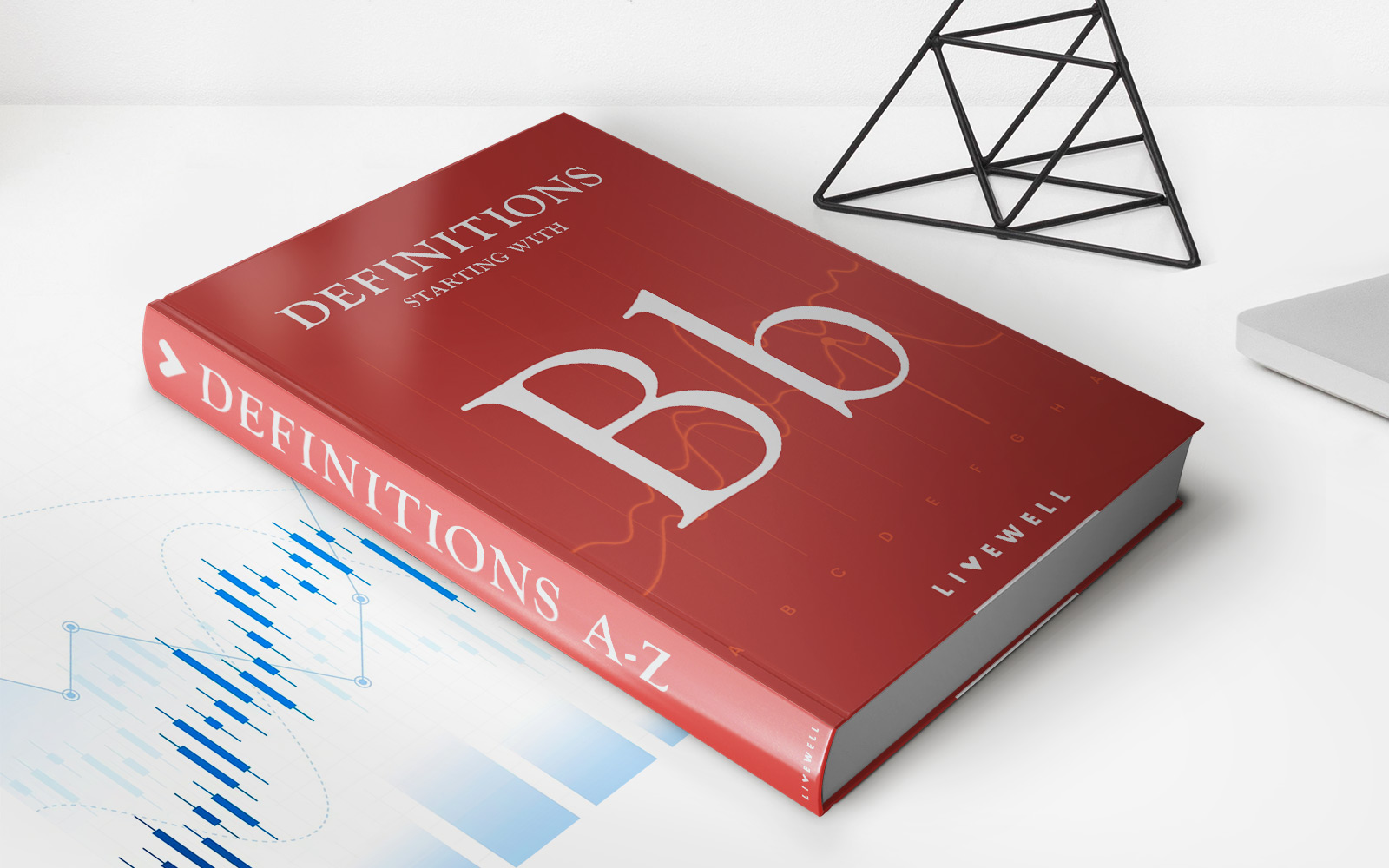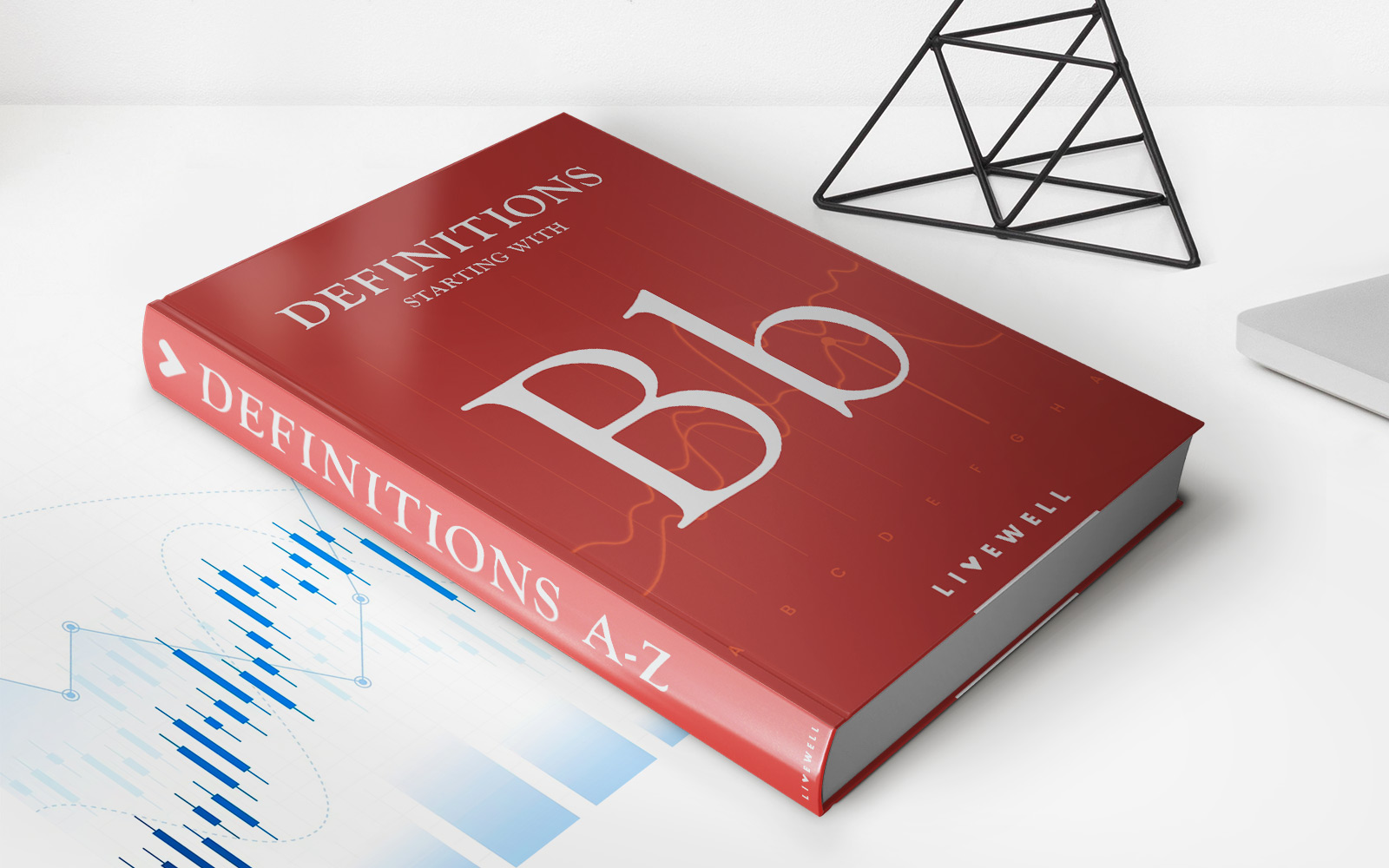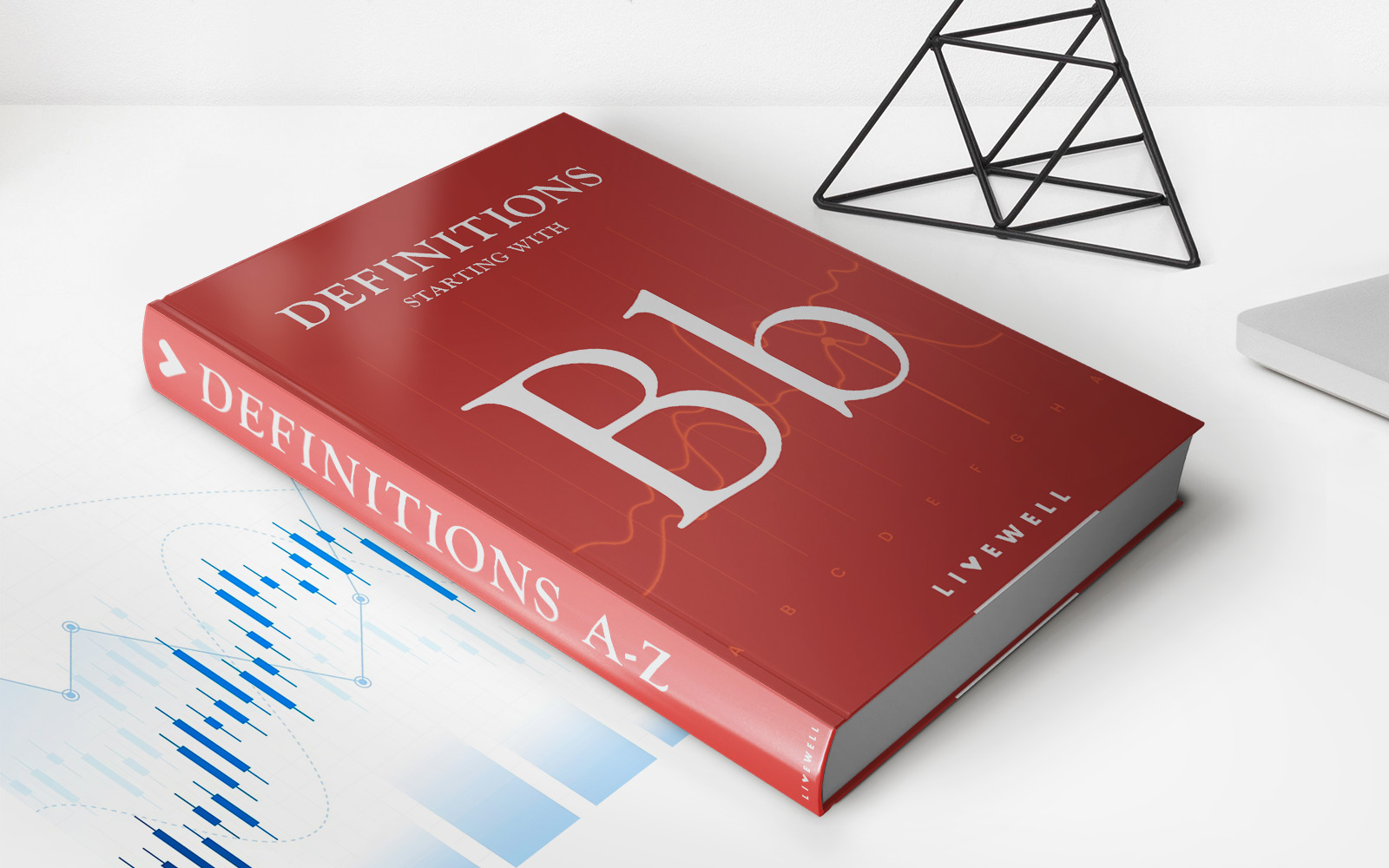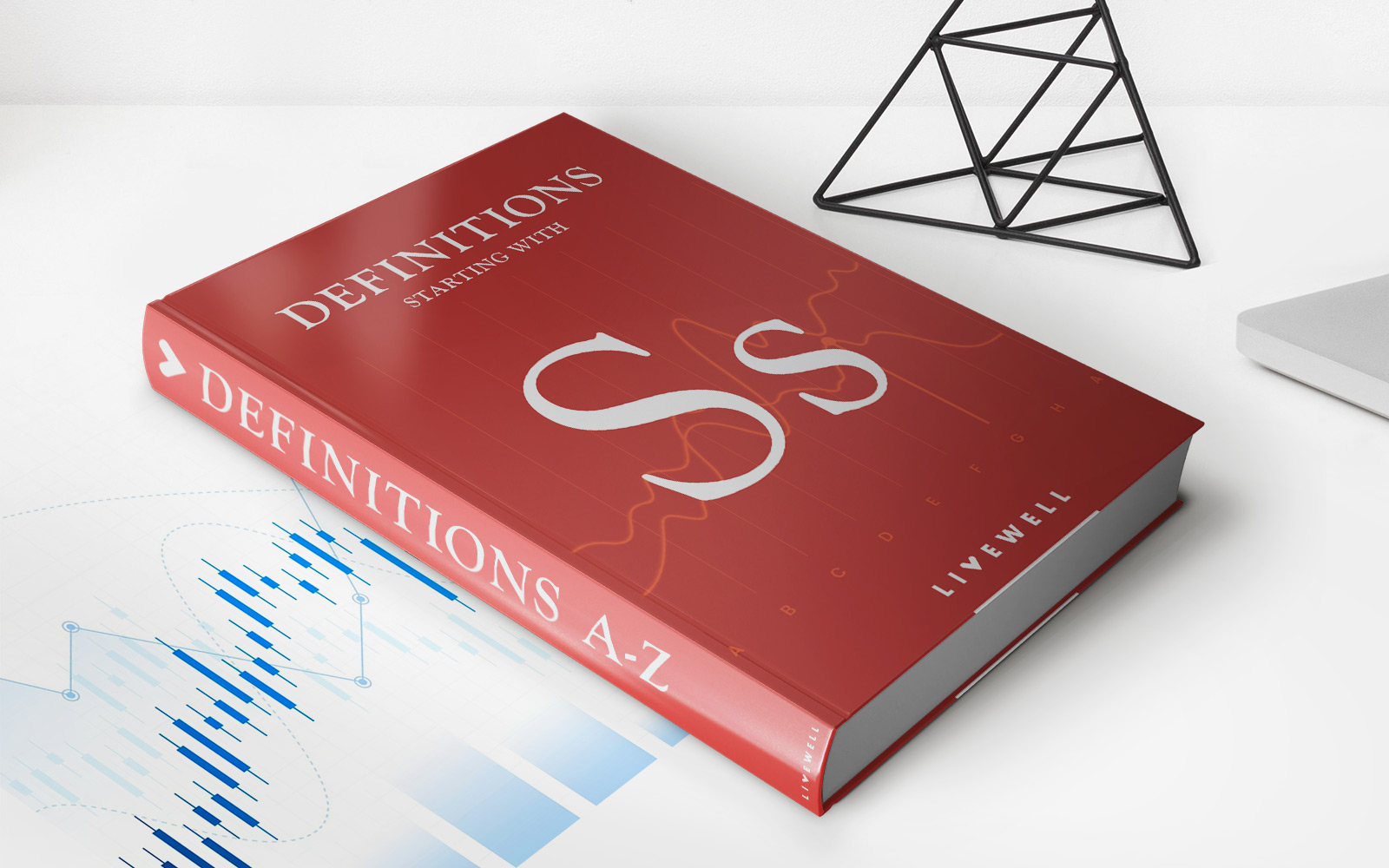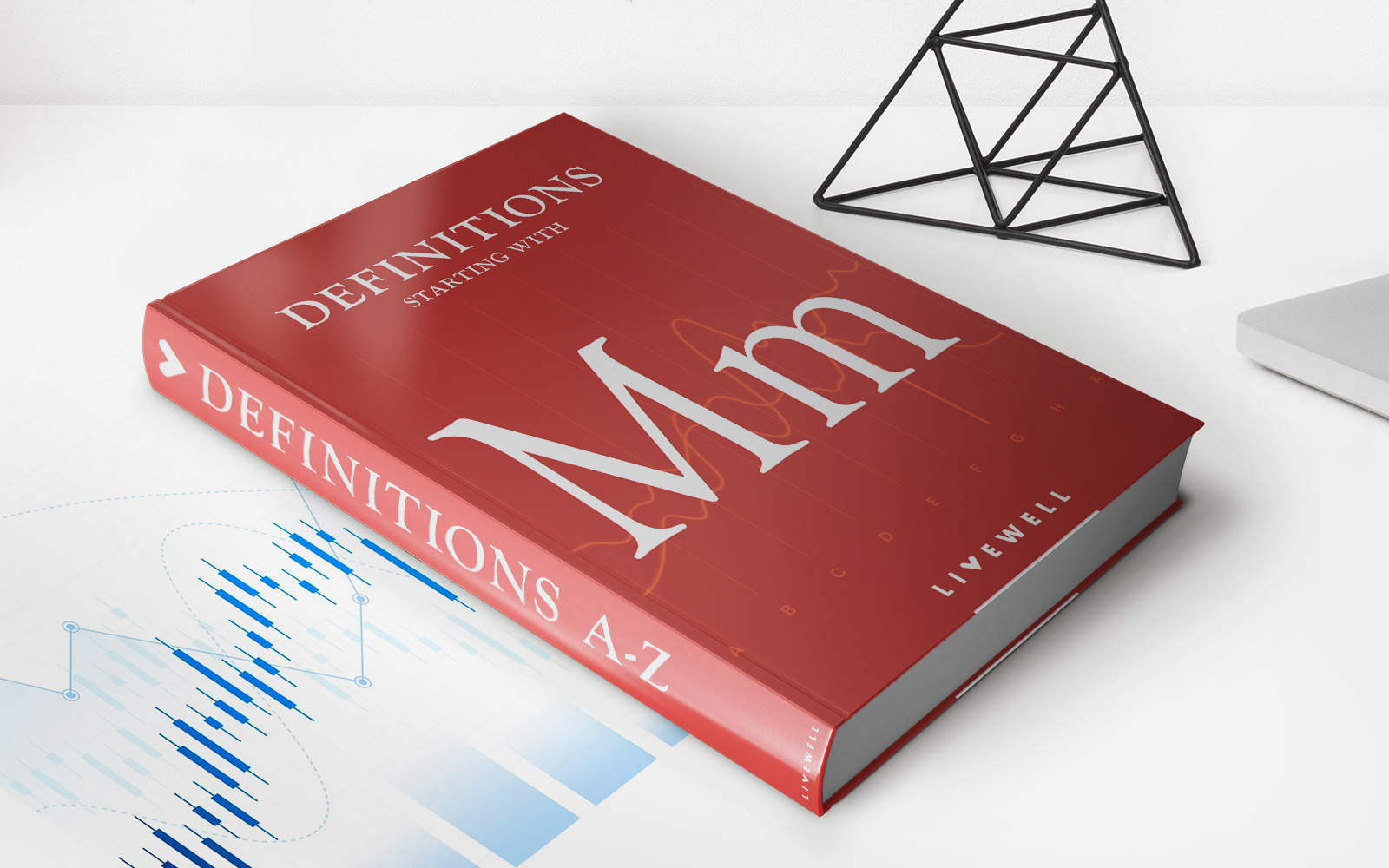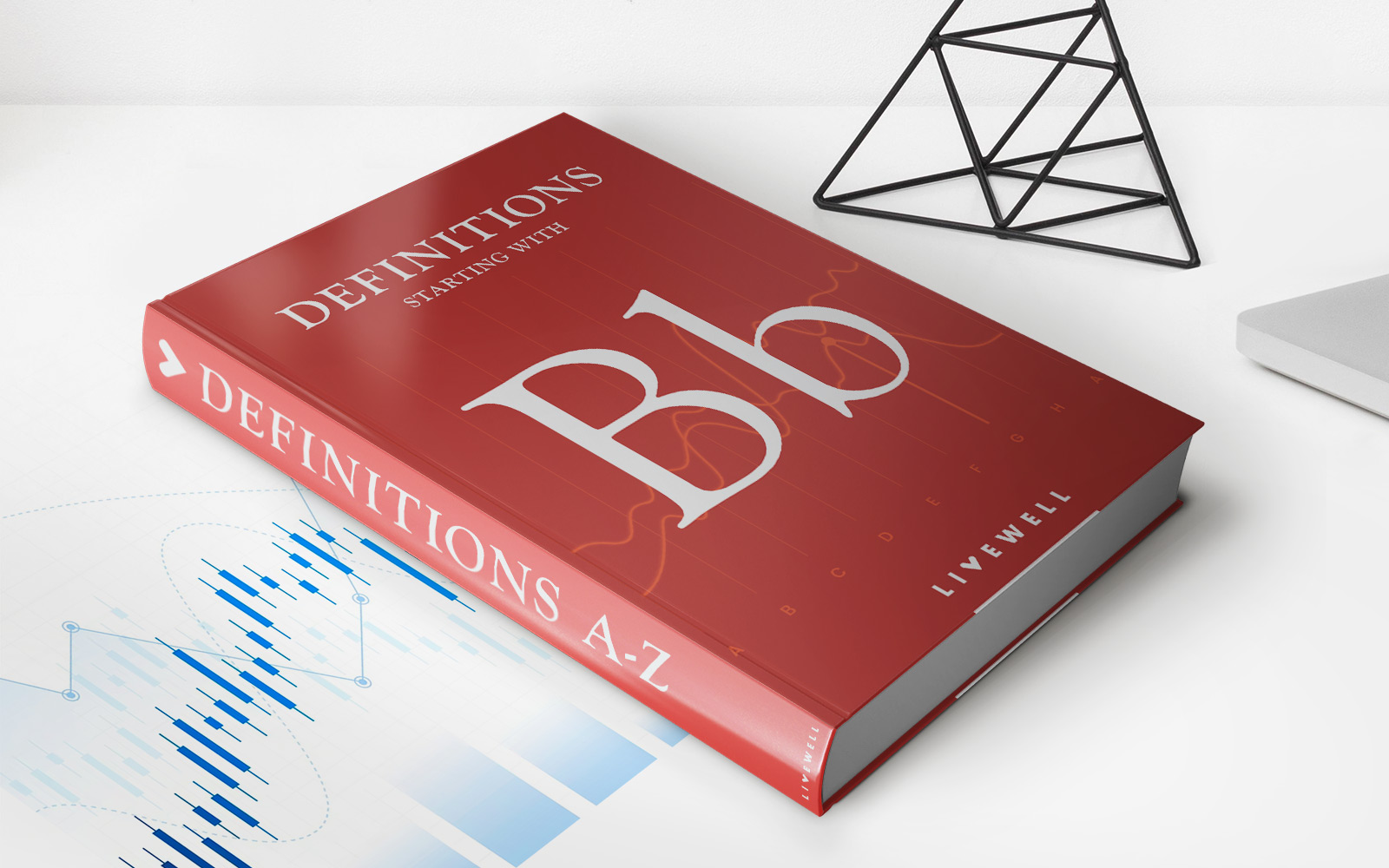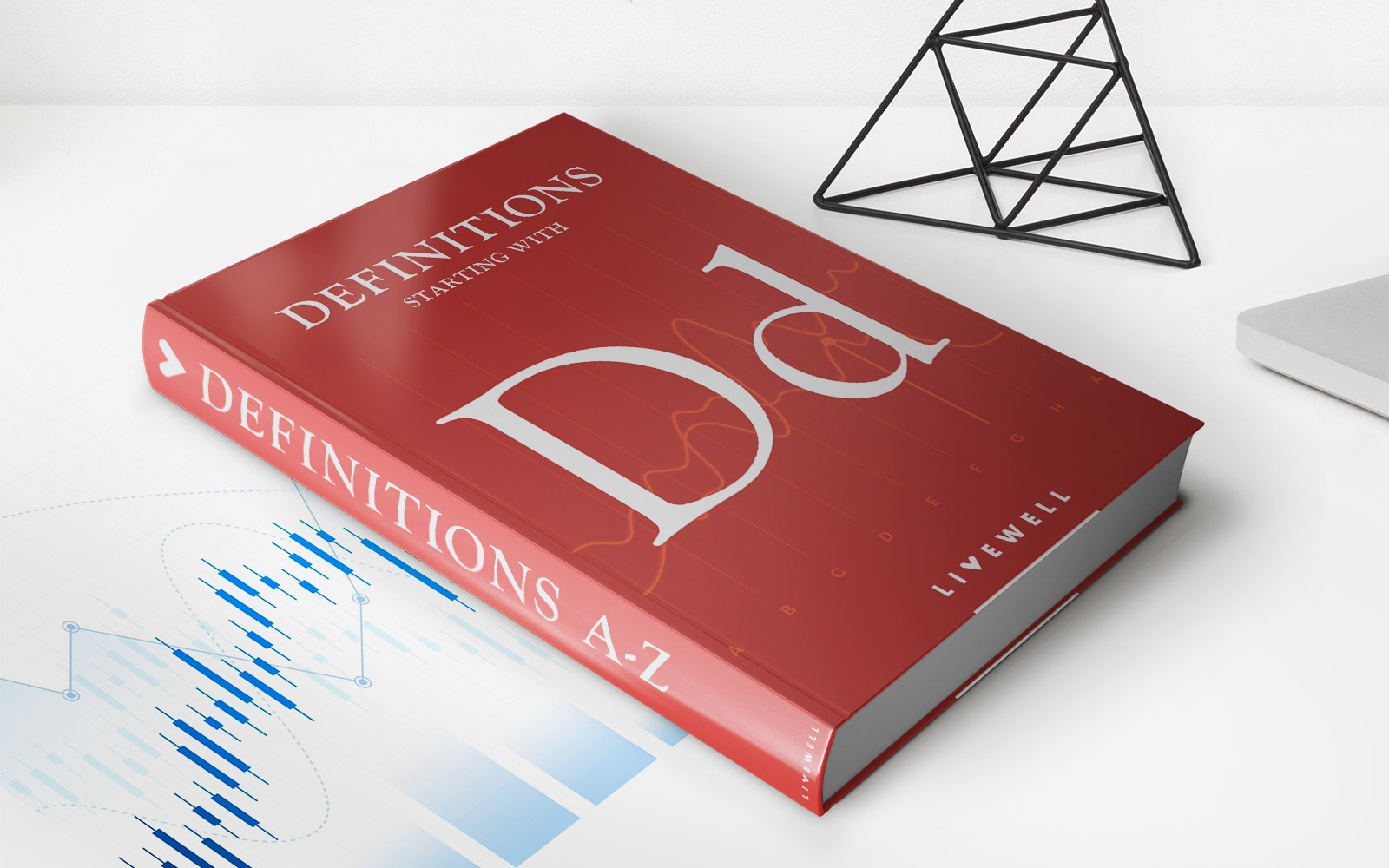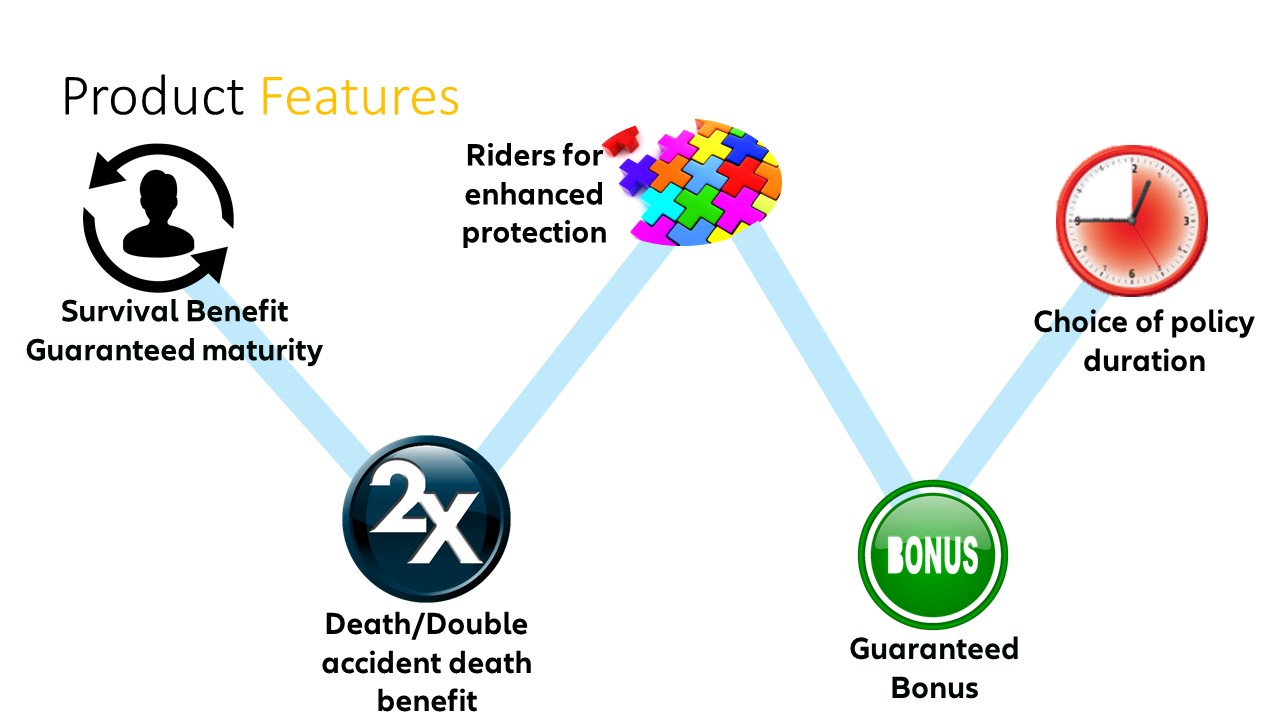

Finance
Buy-Minus Definition
Published: October 21, 2023
Looking to buy-minus in finance? Find the definition and key insights on our platform, empowering you to make informed financial decisions.
(Many of the links in this article redirect to a specific reviewed product. Your purchase of these products through affiliate links helps to generate commission for LiveWell, at no extra cost. Learn more)
Understanding Buy-Minus Definition: Unlocking Financial Success
Welcome to our Finance category, where we delve into various aspects of personal finance and provide valuable insights to help you achieve financial success. In this blog post, we are going to explore the concept of Buy-Minus and its definition, shedding light on how it can be a powerful tool in managing your finances effectively.
Key Takeaways:
- Buy-Minus is a financial strategy that involves subtracting an expense from your income before making purchasing decisions.
- By applying the Buy-Minus method, you can prioritize your financial goals and make more informed spending choices.
Now, let’s dive deeper into the Buy-Minus definition and understand how it can be applied to boost your financial well-being:
What is Buy-Minus?
Buy-Minus is a financial strategy that involves subtracting an expense from your income before considering it as available money for other spending or savings. This process empowers you to take control of your finances and make more conscious choices when it comes to spending and saving.
By subtracting expenses from your income using the Buy-Minus method, you gain a clearer and more accurate understanding of how much money you truly have available to allocate towards various financial goals. This method helps you prioritize your spending, allowing you to focus on what truly matters and align your purchases with your long-term objectives.
Here’s how you can apply the Buy-Minus method:
- Identify your income: Start by calculating your total income, including your salary, freelance earnings, and any other sources of money you have.
- Deduct essential expenses: Subtract your essential monthly expenses, such as rent/mortgage, utilities, groceries, and transportation costs from your income. These are the necessary expenses that you must cover to maintain your basic needs.
- Subtract additional expenses: Consider other non-essential expenses, such as dining out, entertainment, or shopping. Deduct these expenses from your remaining income after covering the essential expenses.
- Allocate towards savings and goals: Once you have subtracted all expenses, you can determine how much money you can allocate towards savings, investments, or any specific financial goals you may have, such as buying a house or saving for retirement.
By following the Buy-Minus method, you will gain a holistic view of your financial situation and prioritize your spending and saving activities accordingly.
It’s crucial to note that the Buy-Minus method is a flexible approach that can be adapted to your unique financial circumstances. You can adjust the percentage of income allocated to different expense categories based on your financial goals and priorities.
Conclusion
The Buy-Minus strategy is a powerful financial tool that allows you to take control of your finances and make more informed choices. By subtracting expenses from your income, you gain a clear understanding of how much money you have available for spending and saving. This method helps you prioritize your financial goals and allocate your resources accordingly.
Remember, financial success is not just about how much money you earn; it also depends on how effectively you manage and allocate your income. By adopting the Buy-Minus method and integrating it into your financial routine, you can pave the way towards a more secure financial future.
